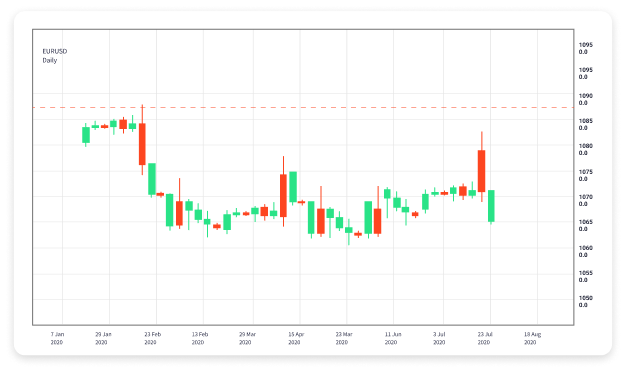
Understanding Forex Trading: A Comprehensive Guide
Forex trading, or foreign exchange trading, is the act of buying and selling currencies in the global market. To make money in the forex market, traders must understand how currency pairs work, market analysis techniques, and risk management strategies. This guide aims to explain the fundamentals of forex trading, ranging from the basic concepts to advanced market strategies. For anyone looking to start their forex trading journey, explore resources available at forex trading explained FX Trading UZ.
What is Forex Trading?
Forex trading refers to the buying and selling of currencies with the aim of making a profit. Unlike stock trading, which involves tangible assets, forex trading involves trading currency pairs, such as EUR/USD or USD/JPY. In these pairs, the first currency is known as the base currency, while the second is the quote currency.
How Does Forex Trading Work?
Forex trading takes place in a decentralized market, meaning there isn’t a centralized exchange. Transactions are conducted over-the-counter (OTC) through a network of banks, brokers, and electronic trading platforms. The forex market operates 24 hours a day due to its global nature, allowing traders to engage in trading at any time.
The Mechanics of Currency Pairs
When trading forex, you will deal with currency pairs, which are quoted as:
- Bid Price: The price at which you can sell the base currency.
- Ask Price: The price at which you can buy the base currency.
- Spread: The difference between the bid and ask prices, often considered the broker’s profit.
Key Concepts in Forex Trading
Leverage
Leverage is one of the defining features of forex trading. Traders can borrow funds from their brokers to increase their trading positions. For instance, with a leverage of 100:1, a trader can control a position worth $100,000 with just $1,000 in their account. While leverage can enhance profits, it also significantly increases the risk of losses.
Margin
Margin refers to the amount of money required to open and maintain a trading position. It is closely related to leverage. For example, if you’re using a leverage of 100:1, you would need a margin of 1% of the trade size to open a position. Managing your margin is crucial to avoid margin calls and potential liquidation of your positions.
Types of Forex Analysis

1. Fundamental Analysis
Fundamental analysis involves evaluating a currency’s value by examining economic indicators, political events, and market news. Key indicators include interest rates, GDP growth, employment figures, and inflation rates. Traders who utilize fundamental analysis will often look for correlations between these indicators and currency values.
2. Technical Analysis
Technical analysis focuses on historical price movements and patterns to forecast future price movements. Traders use various tools such as charts, indicators, and oscillators to analyze trends. Common technical indicators include moving averages, Relative Strength Index (RSI), and Bollinger Bands.
3. Sentiment Analysis
Sentiment analysis gauges the mood of the market participants. By understanding the underlying sentiment, traders can find potential trading opportunities. This analysis often involves the use of surveys or the evaluation of market positioning to determine whether the market is bullish or bearish.
Forex Trading Strategies
1. Day Trading
Day trading involves buying and selling currency pairs within the same trading day. Day traders often use technical analysis to identify short-term price movements and execute multiple trades throughout the day. This strategy requires a strong understanding of market fluctuations.
2. Swing Trading
Swing trading is a strategy that aims to capture price swings over a period of days to weeks. These traders utilize both technical and fundamental analysis to identify potential reversal points in the market. Swing traders hold positions longer than day traders, allowing for more substantial profit opportunities but also more risks.
3. Position Trading
Position trading involves holding positions for an extended period, from weeks to months. This strategy is based on long-term market trends and typically requires less frequent trading. Position traders need to have a strong understanding of fundamental analysis, as they often base their trades on economic forecasts and indicators.
Managing Risk in Forex Trading
Risk management is essential in forex trading. Here are a few key practices:
- Set Stop-Loss Orders: Use stop-loss orders to automatically close a trade at a predetermined price, minimizing potential losses.
- Diversify Your Portfolio: Avoid putting all your funds into one currency pair. Diversifying helps to spread risk across different trades.
- Use a Risk-to-Reward Ratio: Aim for a risk-to-reward ratio of at least 1:2. This means that for every dollar risked, you should aim to make two dollars in profit.
Conclusion
Forex trading can be both exciting and profitable for those willing to learn the ins and outs of the market. By understanding key concepts, utilizing effective analysis methods, and implementing sound risk management strategies, traders can navigate the complexities of forex trading. As with any financial endeavor, education and continuous learning are vital to success in the forex market.

Добавить комментарий